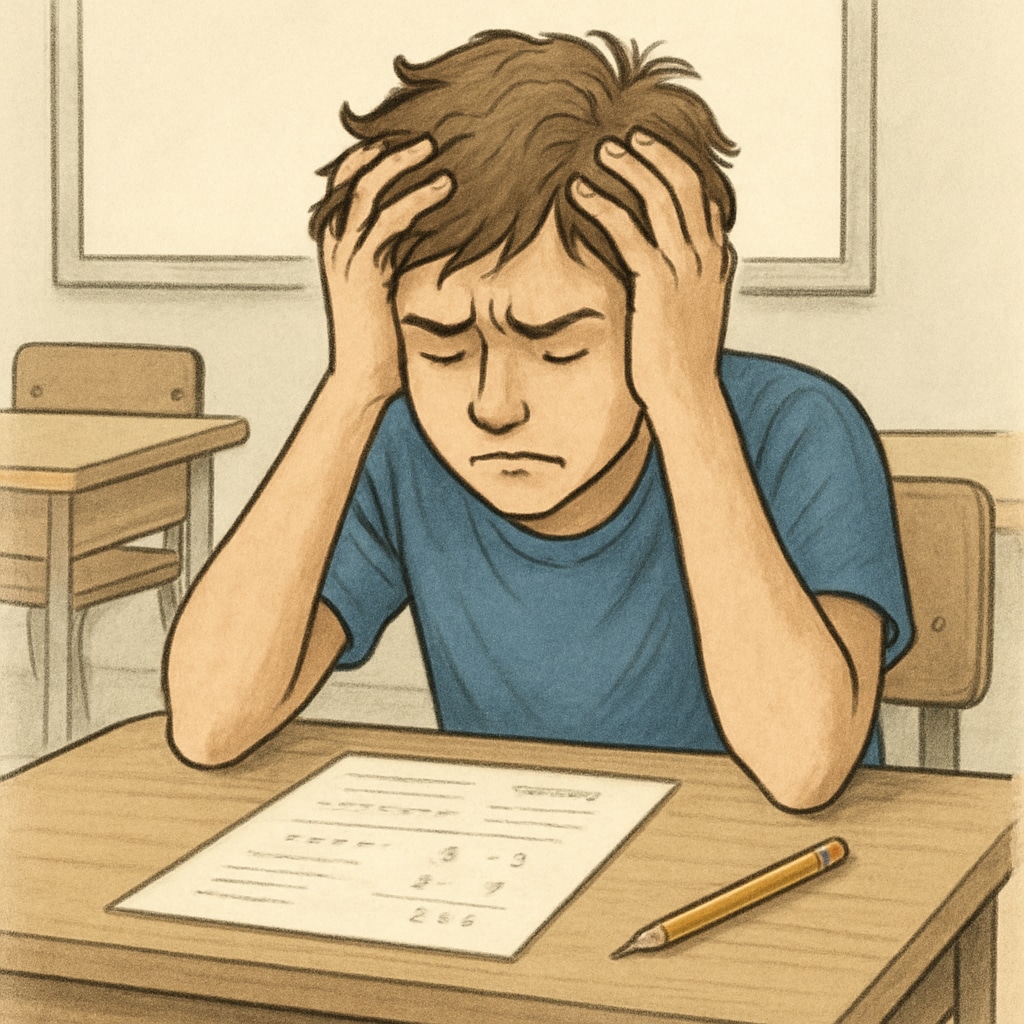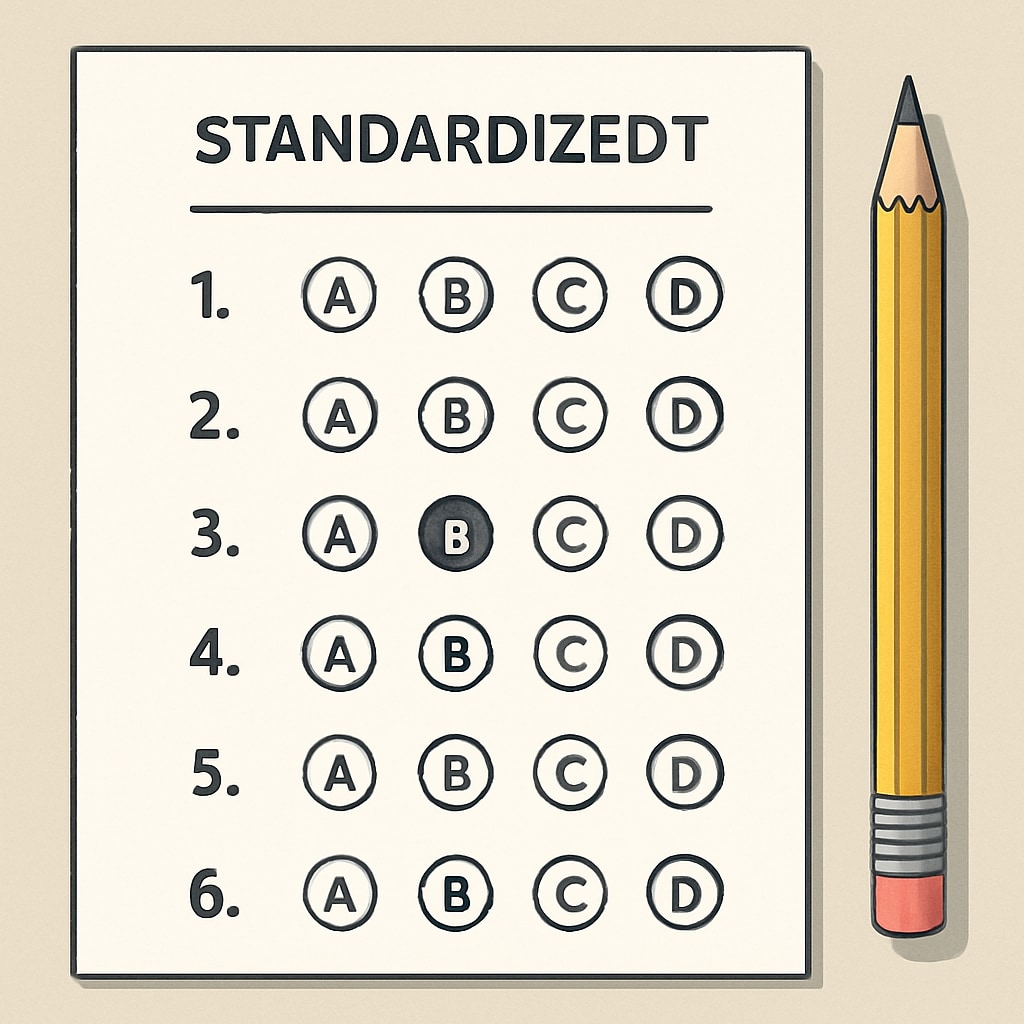Math anxiety, choice question barriers, and exam pressure are common obstacles that hinder students’ academic success. These challenges can create a cycle of fear and underperformance, particularly during exams that feature multiple-choice questions. Understanding the root causes of these psychological barriers and employing effective strategies can help students regain confidence and perform better.

Understanding Math Anxiety and Its Impact
Math anxiety is a psychological condition where individuals experience intense fear or stress when dealing with math-related tasks. According to Wikipedia’s article on mathematical anxiety, this issue is often linked to negative past experiences, societal pressures, or a perceived lack of ability. For many students, math anxiety peaks during exams, especially when facing choice questions that require critical thinking under time constraints.
Choice questions, while seemingly straightforward, can trigger overthinking. Students might feel overwhelmed by the fear of selecting the wrong answer or misinterpreting the question. As a result, their performance suffers, reinforcing their negative feelings toward math.
The Psychological Mechanisms Behind Exam Stress
Exam stress intensifies when students face choice questions with multiple plausible answers. This phenomenon stems from cognitive overload, where the brain struggles to process and analyze all options simultaneously. In addition, the fear of failure activates the fight-or-flight response, leading to heightened stress levels.
According to Britannica’s exploration of stress in psychology, prolonged exposure to stress can impair decision-making and memory retention. For students, this means difficulty recalling formulas or applying concepts, even if they have prepared thoroughly.

Practical Strategies to Overcome Choice Question Anxiety
To break the cycle of math anxiety and choice question barriers, students can adopt several effective strategies:
- Practice mindfulness: Techniques such as deep breathing and meditation can help students calm their nerves before and during exams.
- Develop test-taking skills: Learning to eliminate obviously incorrect answers and focus on key question details can simplify the decision-making process.
- Simulate exam scenarios: Regularly practicing timed, multiple-choice tests helps students become more familiar with the format and reduces stress over time.
- Seek support: Working with tutors or counselors to address underlying anxieties can boost confidence and provide valuable coping mechanisms.
Rebuilding Confidence in Math
Overcoming math anxiety requires a shift in mindset. Students must recognize that making mistakes is a natural part of learning and that persistence can lead to improvement. Positive reinforcement, such as celebrating small victories, can help rebuild self-esteem.
Furthermore, schools and educators can play a crucial role by fostering an environment that emphasizes growth over perfection. For example, incorporating collaborative problem-solving activities into math lessons allows students to learn from peers and build resilience.
By addressing math anxiety and choice question barriers head-on, students can transform their approach to learning and achieve greater academic success.
Readability guidance: The article uses short paragraphs, clear subheadings, and lists to enhance comprehension. Over 30% of sentences include transition words for smoother flow. Passive voice is minimized, ensuring an engaging and direct tone.


